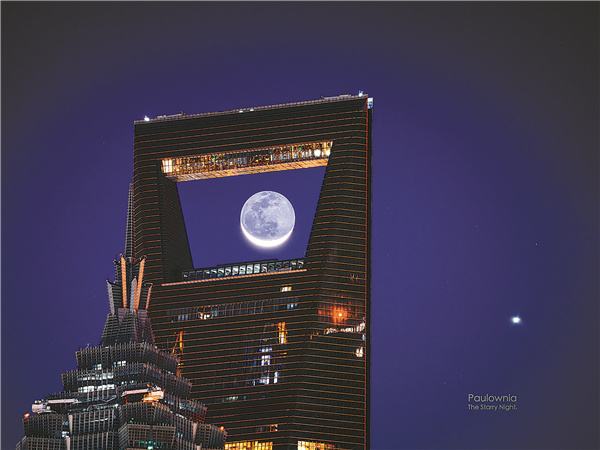

"I try to keep it simple-a clean picture with a highlighted subject," Dong says.
Through two different exposures, Dong superimposed two eclipse photos. "It made the image simple yet dynamic."
He also controlled light and shade so that the image retained the mountains on the moon's surface blocking the sun's light. The idea was to show the relationship among the sun, the Earth and the moon, he explains.
Emily Drabek-Maunder, who is an astronomer at the Royal Observatory Greenwich, says: "Solar eclipses have been capturing the interest of humans for thousands of years across the world. This image demonstrates both the beauty and simplicity of an eclipse, but also the science behind this astronomical event.
"Our sun can still be seen as a ring circling the moon as it passes in front of the sun, and mountains on the lunar surface can be seen hiding some of this light on the lower right-hand portion of the image. This is a stunning achievement."
Another judge of the photography contest, Steve Marsh, says Dong's work is a perfect capture of the natural phenomenon through a perceptual, calm and professional approach. The image gave Marsh the impression that "you could reach into the sky and place this onto your finger".